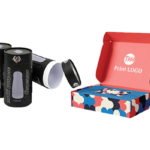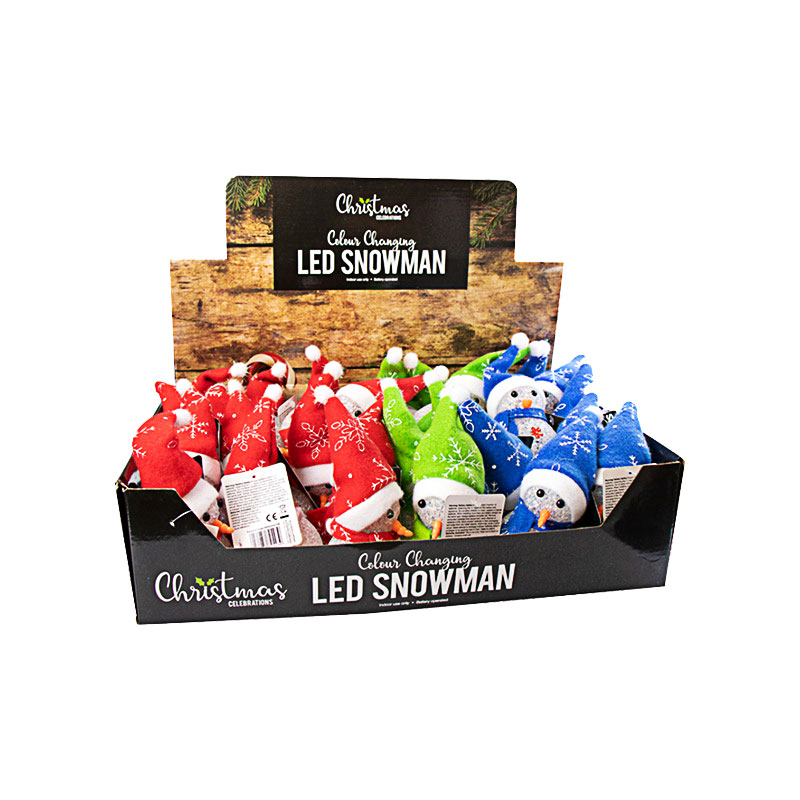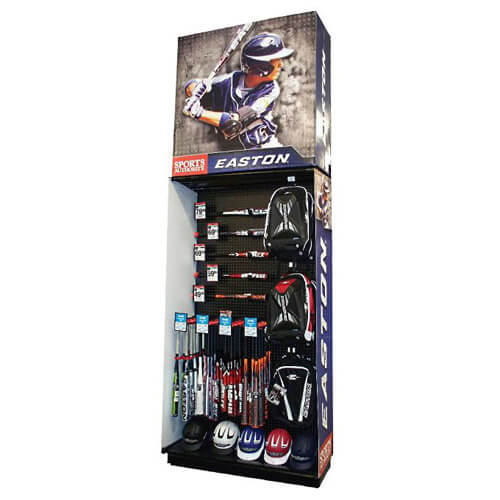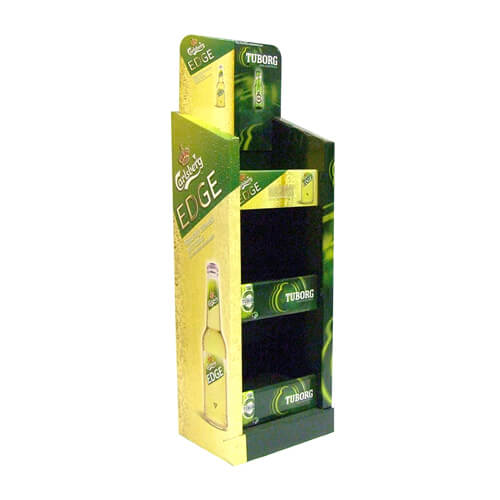Materials and Processes Used to Manufacture Corrugated Display Stand
By Shenzhen Topwon Group Co.,Ltd
Feb 10, 2025
Previously, we have spoken topwon the production process of corrugated cardboard display racks, today with you in the production of display racks from the material side to start, in detail with you, the actual production of corrugated cardboard display racks need to produce materials and processes.
Classification of corrugated cardboard
Classification by flute type:
A, C, B, E and their combinations, such as: AB flute, BC flute, BBC flute, etc. There are now finer corrugated boards on the market. Nowadays, finer corrugated F flute is already in use in the market.
According to the raw cardboard layer classification
two-layer cardboard, three-layer cardboard, four-layer cardboard, five-layer cardboard, seven-layer cardboard, etc.; cardboard shelves
Classified by flute shape
- U-shape
- V-shape
- UV-shape
UV-shape is now common in the market;
Comparison of corrugated properties
Corrugator type Corrugator height Number of test flutes/30mm Shrinkage ratio Flat compression strength Side compression strength
Display Board
- A 4.5-5.0 34+2 1.55 4 1
- C 3.5-4.0 38+2 1.47 3 2
- B 2.5-3.0 50+2 1.36 2 3
- E 1.1-2.0 96+2 1.26 1 4
Corrugated display
- C flute
- B flute
- A flute
Other
Corrugated: Flute; single corrugated cardboard (also known as three-layer cardboard): single wall; double corrugated cardboard (also known as five-layer cardboard): double wall; seven-layer corrugated cardboard: triple wall.
Corrugated cardboard production process
Bridge connection
The working principle of single facer (positive pressure single facer):
Overview of the principle: corrugated raw cardboard is formed by the upper and lower corrugated rolls against the pressure, the paste on the upper paste roller, the top cardboard and the formed corrugated cardboard are pasted into the two-layer corrugated board at the tangent line of the pressure roller and the upper corrugated roller, and then by relocating the lead belt on the catwalk to the double-face machine part and other single corrugated board, top cardboard composite molding.
cardboard shelves production process
- design: the design of cardboard shelves (cardboard display racks) requires designers to familiarize themselves with the 3D structure work, to consider the weight and volume of goods to calculate the cardboard shelves (cardboard display racks) of the bearing capacity and space area.
- out of the sample: cardboard shelves (cardboard display racks) generally use non-printed corrugated cardboard materials. According to the design of the structure of the data input into the computer cutter, the cutter will be according to the structure of the required indentation strength and depth of the half-knife, in the non-printed corrugated cardboard to make a standard plane cardboard shelves (cardboard display shelves), the designer with glue for sticking and other processes, made out of the prototype and the design of the structure of the map match can be the next step in the process.
- Printing: According to the cardboard shelves (cardboard display racks) sample of the graphic design, out of film on the printing press.
- after the process: printing color cardboard over glossy glue, laminating (printing cardboard + corrugated cardboard), oil, creasing.
- Packaging: semi-finished cardboard shelves (cardboard display racks) for assembly, reinforcement, and then loaded with finished products.
In short, the core raw material for the production of corrugated display racks is corrugated cardboard, and this material has multiple sizes, models and types. It will be divided into A,B,C flute. With the production of materials, it is necessary to bridge the connection, to put it bluntly, it is necessary to use these raw materials with a variety of charges to paste, link together to form the relevant structure. Then the design of the appearance of the style of printing, folding and other work. Finally to do after the process, packaging and other operations, of course, the last is the quality control and then shipped.
Trusted by These Featured Clients
















